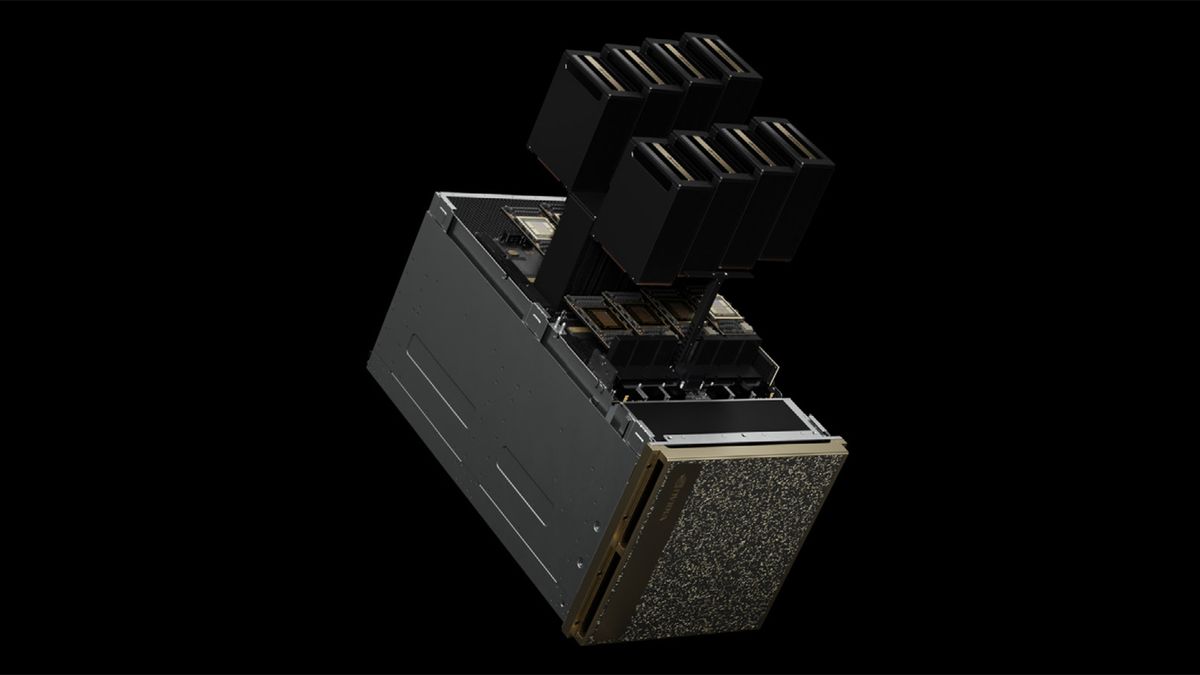
Nvidia addresses significant Blackwell yield issues, production ramps in Q4
Hopper set to remain Nvidia's datacenter working horse for this year.www.tomshardware.com
NVIDIA has confirmed the delay, they've had to respin both B100 & B200 to improve yields. Shipping starts Q4 fiscal year apparently, which means it might be 2025 calendar already.
There may be a delay but Nvidia sure didn’t confirm it. All they said is that there was a respin and that mass production starts Q4. The rest is creative journalism unless there was a prior announcement of mass production starting earlier than Q4.


